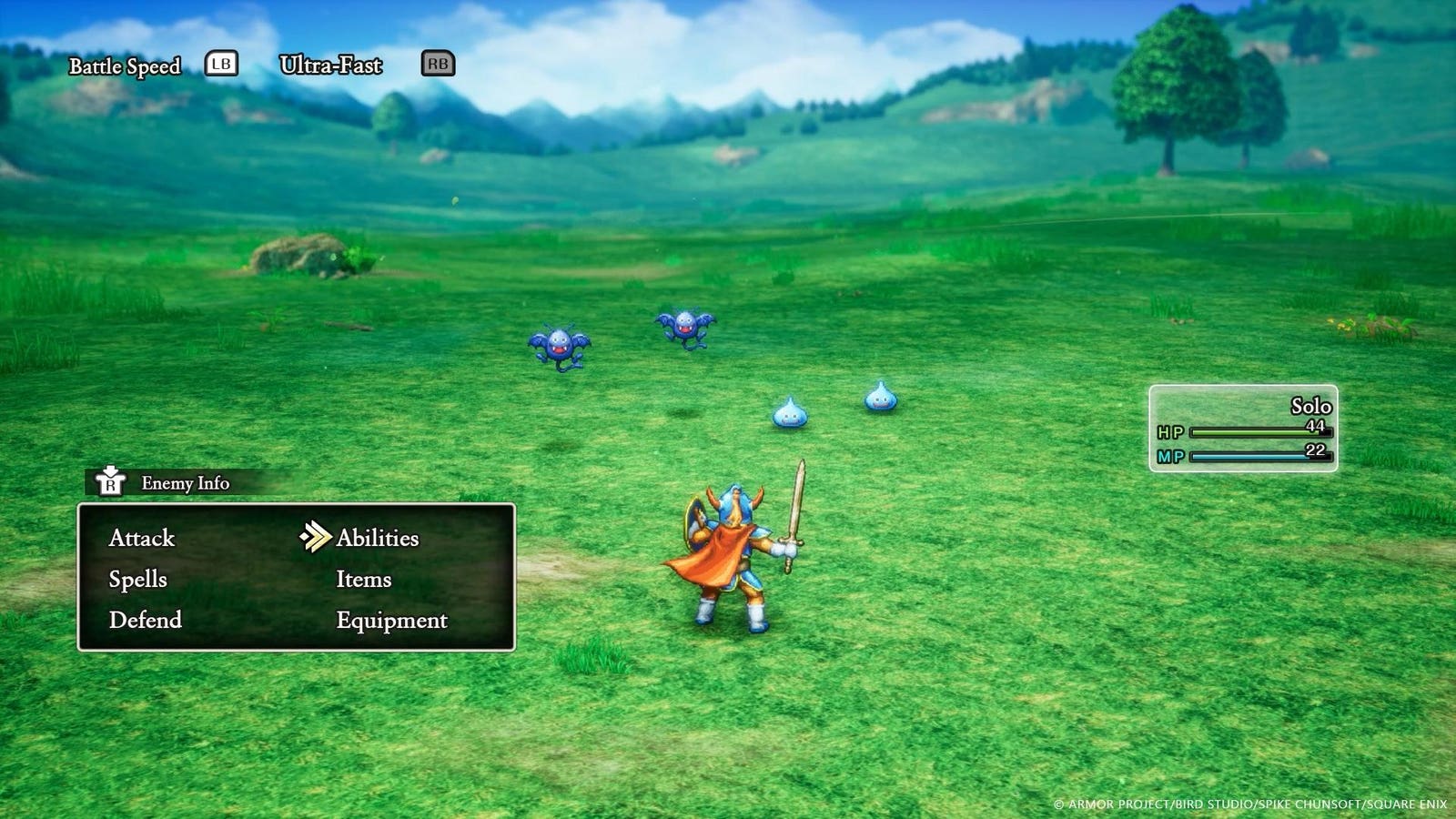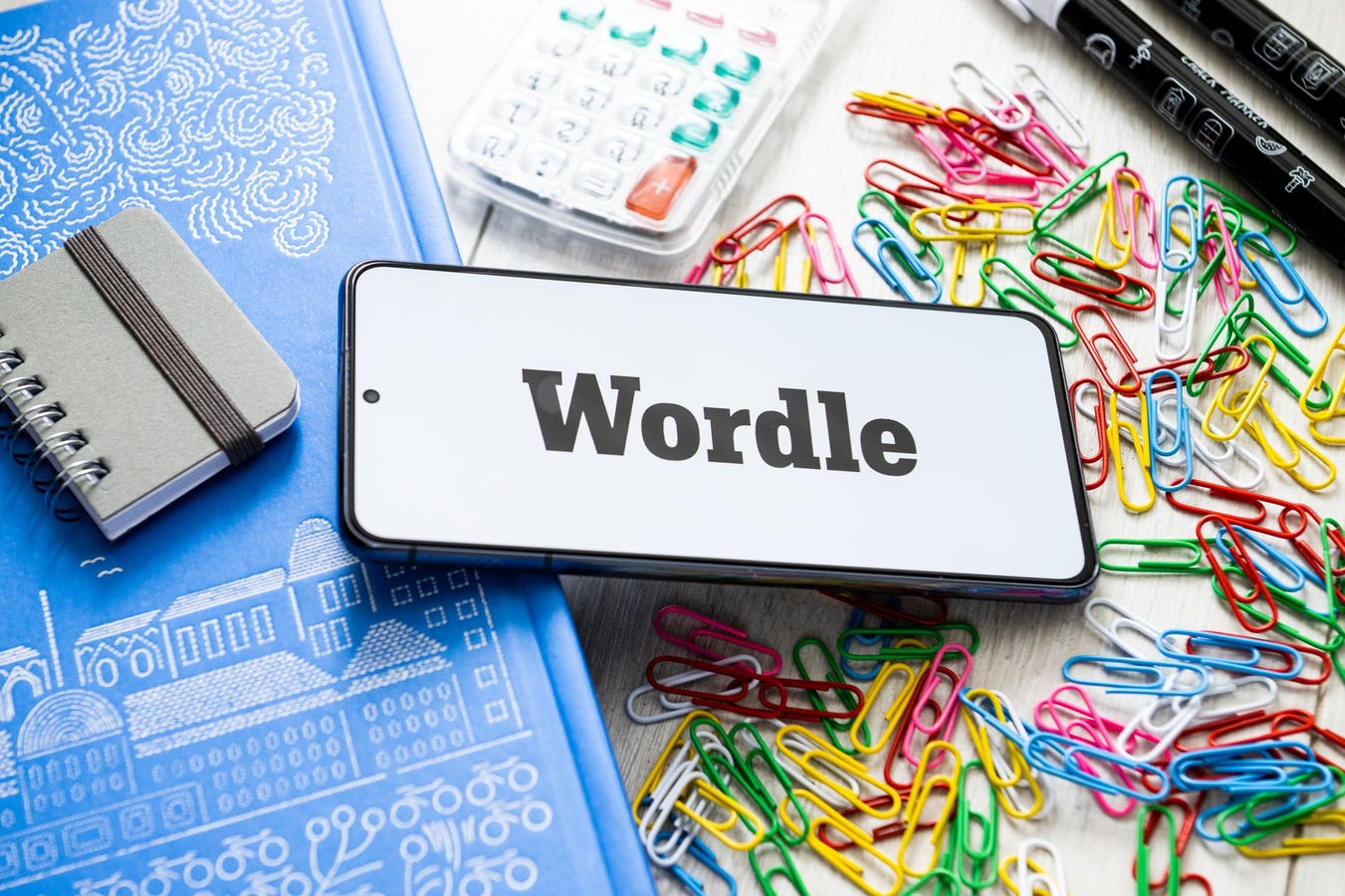Maintaining love in a relationship often comes down to sincere and intelligent negotiation. Here are nine key lessons you can fall back on when things get tense.
getty
Many partners assume that if they love each other enough, cooperation will simply happen in its own time. But research, in recent years, has introduced an important clarification: good relationships support better problem-solving, and strong problem-solving, in turn, reinforces the relationship. The two processes form a loop. If we pull gently on one end, the other will inevitably come undone, too.
This is the central premise of Mara Olekalns’ article, Nine Lessons from Love: Couples Therapy for Negotiators. Olekalns, a professor of management at Melbourne Business School, argues that negotiation is not just a skill used with colleagues or adversaries; it is also the scaffolding of intimate life.
She proposes that turning points — moments that interrupt the expected flow of interaction — are the crucibles in which relationships are reshaped. A turning point, according to Olekalns, can be:
- Dramatic, such as a threat, a walk-out or an unexpected political shock
- Subtle, like a sharp tone or a microaggression
- Mundane, like anger that flares too quickly, logistical delays or simply the pressures of time
What unites these moments is the turbulence they create. They unsettle assumptions, trigger uncertainty, erode interpretive generosity and weaken the small acts of maintenance that relationships rely on. A couple may have spent years learning how to handle each other gently, yet one stray moment of stress can pull them off their practiced rhythm.
To understand and mitigate the potential long-term wreckage this turbulence can cause, Olekalns assembled nine lessons. Each is drawn from negotiation science, relationship research and resilience studies, which show how people can move through it with steadiness rather than defensiveness.
Below is a synthesis of those lessons for anyone who hopes to sustain love over the long term.
Love Lesson #1: Reframe Stress As Joint Mission
One of the most powerful tools partners have is how they interpret stress. When a flight gets canceled or a project deadline suddenly spills over into the weekend, some couples frame the setback as yet another thing they have to survive individually. Others might instinctively brainstorm ideas on how to handle it together.
Resilience studies show that couples who integrate their struggles into a shared narrative develop a stronger bond. For instance, a couple might reframe a painful move across the country that didn’t work out as “the time we moved cities and everything went wrong, but somehow we figured it out.”
Reframing an adverse moment as something the relationship can metabolize helps shift partners from rumination to problem-solving.
The same principle applies in negotiations. Benefit-finding, or locating the small opportunities hidden within a difficult moment, widens the bargaining space. If a tense conversation about chores is turned into an opportunity to re-evaluate the division of labor in a more sustainable way, frustration is used as a means for structural improvement.
Timing is of the essence, according to Olekalns. Reframing lands best when it happens soon after the rupture, before the negative interpretation sets like cement.
Love Lesson #2: Be Nice From The Start, Not Just At The End
If cognitive reframing is about perspective, emotional tone is about atmosphere. A renowned study by relationship researcher Dr. John Gottman shows that the early minutes of an interaction carry disproportionate predictive weight. A couple who begins a conversation about the stressful holiday season with warmth, through a gentle joke or with a small acknowledgement has a sturdier foundation than a couple who starts with a critique.
The opening moments of a tough “turning point” conversation sets the emotional precedent for everything that follows. Consider a partner who says, “This is tricky, but I think we can figure it out,” versus, “You’re already being unreasonable.” The former widens the path for cooperation, whereas the latter narrows it immediately.
And when a sharp remark does surface (as it most probably will) tools like a brief pause, a deliberate breath or even looking away for a second can interrupt the slide into full reactivity. The quicker positivity returns, the harder it is for the interaction to collapse under its own weight.
Love Lesson #3: Trust Is Built Over Many Small Moments
It can be tempting to believe that trust hinges on a handful of pivotal conversations. Yet most couples describe trust as emerging from the seemingly small, insignificant moments. According to them, trust shines through most in moments when a partner remembers your meeting and brings you coffee. It solidifies in the text that says, “Drive safe,”and the follow-through on mundane promises.
The unfortunate news, however, is that trust is also broken in these small moments. And it takes fewer negative incidents to break it.
Gottman’s research on the 5:1 ratio illustrates this asymmetry: couples need five positive interactions for every negative one. In this sense, a week of compensatory warmth might be required to cancel out one cutting comment, especially if the warmth has been sparse.
Two partners may feel “fine,” but if the ledger is only slightly tilted toward the positive, the relationship may lack the buffer it needs when an actual challenge appears. Trust, in this way, is less about grand gestures and more about maintaining a constant surplus of goodwill.
Love Lesson #4: Synchrony Matters More Than Similarity
Similarity makes life comfortable through shared tastes in food, music or weekend activities. But synchrony, or the way two people move through emotional time, often has deeper relational consequences.
Two partners may both love to travel. However, if one of them needs time to think before committing to plans, while the other makes decisions quickly, their internal timelines might clash. At the same time, it’s also possible for two very different personalities to find deep ease if they tend to rise and fall emotionally at the same pace.
To spot synchrony in a couple, one needs to look for moments of mirroring during a turning point. If one partner’s stress spikes, does the other person’s tone shift in response to it? When one partner is ready to talk, is the other within reach emotionally?
In negotiation, timing becomes its own language. A generous concession offered three days too late can land as indifference. Similarly, a well-intentioned suggestion made too early can feel intrusive. Alignment in terms of pace often contributes more to the stable foundation of a relationship than alignment in preferences.
Love Lesson #5: Regulate Yourself Before You Regulate The Relationship
Partners who can steady their own emotional systems, especially under stress, are far better equipped to repair ruptures as a unit. This is the difference between taking a second to breathe before responding and reacting from the first spark of irritation.
However, many partners try to manage the other person first by throwing phrases like, “Calm down,” or, “You’re overreacting!” at them, all while being reactive themselves.
In reality, however, a relationship is only as stable as its least regulated member. A partner who can slow their rate of breathing, unclench their jaw and mentally step back for a moment creates space in which the interaction can de-escalate. Self-regulation is the pre-condition for clarity; this is why always expecting the other person to stand down first will most likely result in never-ending conflict.
Love Lesson #6: Use Co-regulation To Restore A Sense Of Safety
Once steadiness is established, partners can move on to provide anchoring for one another. Softening their voice, slowing down their pace or even sitting down together instead of arguing across the room is enough to positively shift the atmosphere.
This is what makes co-regulation an essential couple skill: it encourages more information sharing, ensures no one discounts the other’s ideas out of reflex and prevents friction from hardening into immovable stances. But perhaps most importantly, it addresses micro-ruptures early, long before they can consolidate into turning points.
Co-regulation is what happens when one partner says, “Let’s slow down,” not as a command but as an invitation, and both their bodies follow. Similarly, we see it when a conversation becomes tense and one person adds, “I’m frustrated too, but I’m still here,” and the energy of the room begins to relax.
Love Lesson #7: Follow The Rhythm Of Activation And Recovery
Strong relationships are often rhythmic in nature. They move between activation (planning, debating, coordinating) and recovery (laughing, pausing, stepping away briefly). Without this oscillation, conversations risk becoming restrictive.
Negotiations often falter when they become all about activation. A couple trying to plan a move might dive into the logistics of packing, picking moving dates and calculating costs, until one of them snaps simply because they haven’t had a moment to breathe.
Without periodic moments of ease, partners lose the stamina and creativity required for collaboration. Even something as small as a short break, a small shift in tone or a moment of shared context can reset the system and bring back the flexibility that your interactions may have lost in the stressful moments.
Love Lesson #8: Build Shared Mental Models
Shared mental models are the maps that equip partners to always find their way back home. When partners know how the other tends to interpret stressors they assign far fewer negative intentions to their partner in ambiguous moments. And when partners assume they are aligned without verifying, misinterpretations flourish; the same moments feel personal rather than situational.
Knowing that your partner tends to go silent when they’re overwhelmed, or that they need context before they can react can help you predict which turn a situation is likely to take. These are the kinds of knowledge that ultimately facilitate better decision-making in moments of tension.
Love Lesson #9: Communicate To Reinforce Cooperation, Not Just Exchange Information
Communication has two layers: informational (what is said) and relational (how it’s said). Most people spend all their energy on the informational layer by focusing on facts, logic and content. But, at the same time, they also underestimate the importance of the relational layer in its ability to signal warmth, alliance and goodwill. A partner saying, “We need to talk about money,” could sound like either preparation or accusation depending on tone, posture and timing.
In placing too much focus on the information being conveyed, partners often forget how much of their communication is about stance. Even small shifts — “Here’s what I’m trying to understand,” “I see why that was frustrating,” “We made progress on this part” — help create a climate where cooperation feels possible. These cues help partners resist the slide into zero-sum thinking, where one person’s gain feels like the other’s loss.
Does love function on control or cooperation in your relationship? Take the science-backed Relationship Control Scale to know.









